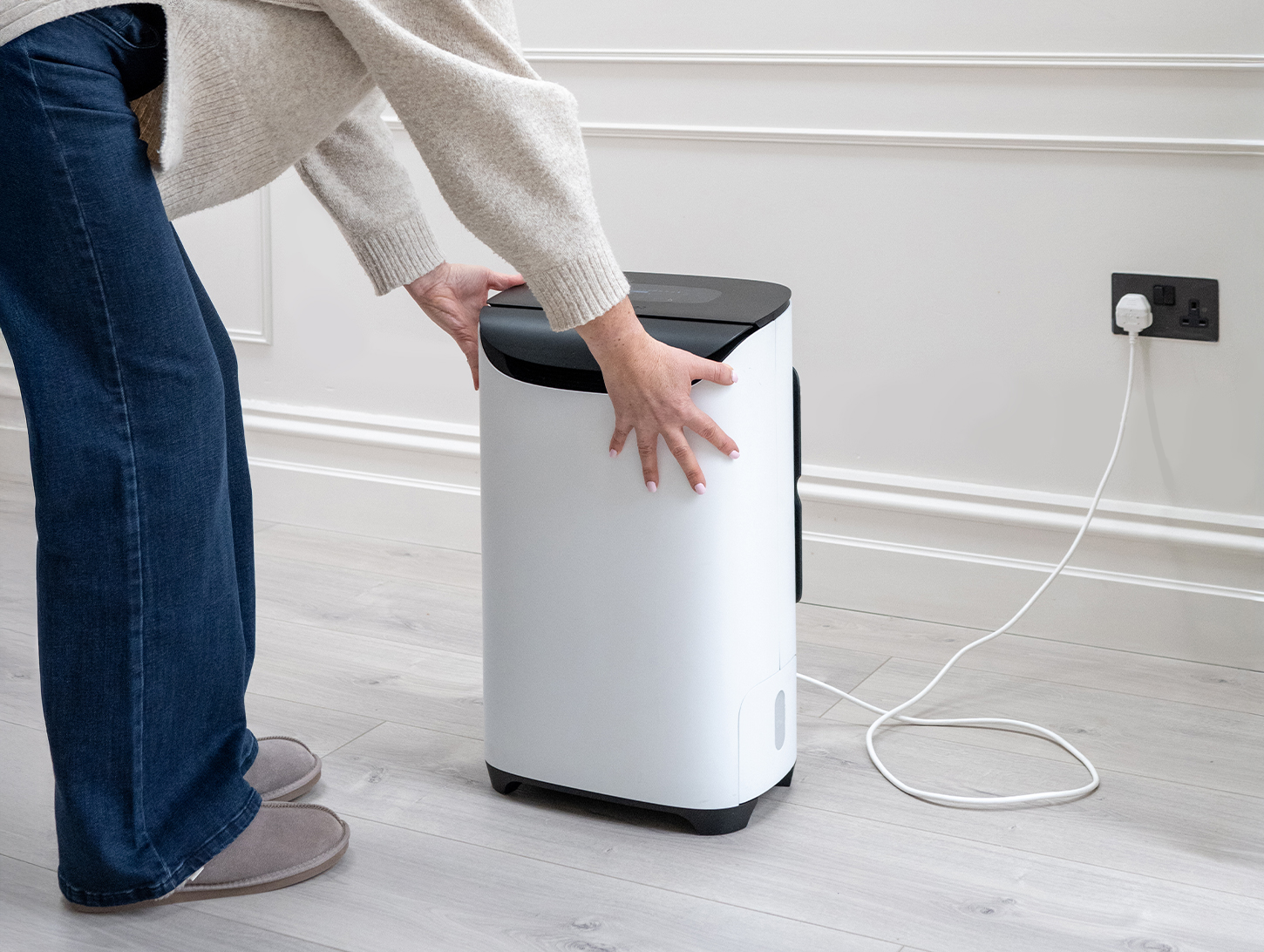By Chris Michael, Managing Director of leading UK dehumidifier manufacturer Meaco
The cost-of-living crisis has forced many UK households to cut down on using the central heating and tumble dryers this winter to dry clothes and keep the home warm. An unfortunate consequence of this, which some households are experiencing for the first time this year, is an increase in damp within the home- which can lead to mould.

Moisture is always in the air around us and not just created by drying washing indoors. It comes from various daily household activities such as bathing, showering, cooking and even breathing. At other times of the year moisture can be managed by opening a window to let dryer air in, however in the winter the air outside is just as cold and damp, so this moisture remains within the home. It is noticeable at first as condensation on the windows, followed by a damp smell – a result of fabrics absorbing the moisture – and pools of water collected on windowsills. These conditions set the ideal environment for mould to grow. Mould not only affects the fabric of the home, but it can also adversely affect people’s health, especially the young, old and vulnerable.
There are practical and simple ways to help prevent damp in the home during the festive season and throughout winter. Here are the best tips for households:
1. Reduce moisture vapour
By putting lids on saucepans when boiling or steaming vegetables, households can reduce the levels of moisture vapour at home. Using an extractor fan and opening windows when using the bath or shower will also help ventilate and reduce humidity.
2. Make air drying laundry indoors more efficient
Before taking laundry out of the washing machine, use a rinse cycle to keep the amount of water left in the clothes to a minimum. Place a drying rack away from walls to prevent the moisture from being trapped. Hang items individually and with as much space in between them as possible so they will dry more quickly. Opening windows where possible will enable airflow.
3. Warm up the house without central heating
Making the most of any natural sunlight can help to warm houses and dry out any damp air. Opening curtains and blinds in the day prevents moisture from being trapped around the windows and using rugs and mats on wooden and stone floors can make rooms feel warmer too, which can reduce the need to switch the heating on.
4. Simple changes inside and outside the home
Encouraging air flow and reducing opportunities for damp to spread can decrease the likelihood of mould forming. Opening doors of built-in wardrobes that sit on outside walls and trying to keep furniture, clothes and shoes from touching outside walls can stop damp developing. Keeping gutters clear also decreases the amount of water that may spill down external walls, which could contribute to moisture in the home.


5. Consider investing in an energy efficient dehumidifier
While all the above can help reduce moisture at home, the only way to fully remove moisture without opening windows or turning the heating right up is to use a dehumidifier, and there are ways to manage this extra cost too.
Dehumidifiers use considerably less electricity than tumble dryers. They can cost as little as 8p per hour to run*. Look for dehumidifiers that have a dedicated laundry mode or a built-in humidistat where the machine can run for up to six hours before switching itself off, or only switch on when the room reaches a certain humidity level to save energy. Investing in an energy efficient dehumidifier over other similar products on the market can save homeowners up to nearly £150 cheaper a year to run**.
A dehumidifier will help prevent condensation from forming on the windows and mould from growing on the walls, clothes and furniture, especially when there are more people than usual sharing spaces this festive season.
For more advice on how to prevent damp and mould, please visit www.meaco.com.
*A dehumidifier that can extract up to 12 litres a day, with a wattage of 157w (0.157 kWh) would cost just over 8p an hour based on the October 2022 price of 52p per kWh per hour. A dehumidifier that can extract up to 20 litres a day, with a wattage of 480w would use 0.48 kWh, meaning that an hour’s usage would cost just under 25p.
**Research from Meaco in April 2022 after the spring price rate rise found that the Meaco Arete One 20L was £143 a year cheaper to run than its worst performing competitor, based on six hours use per day over 365 days. The next best machine after Arete was still £39.25 more expensive than the Arete One 20L to run. If a machine is kept for five years, this totals a saving of £196.25 to £715.00.







One Response
I bought a Marco de humidifier last year . It is brilliant . I use it frequently . Great buy.